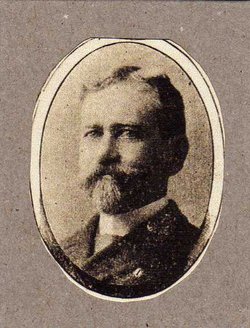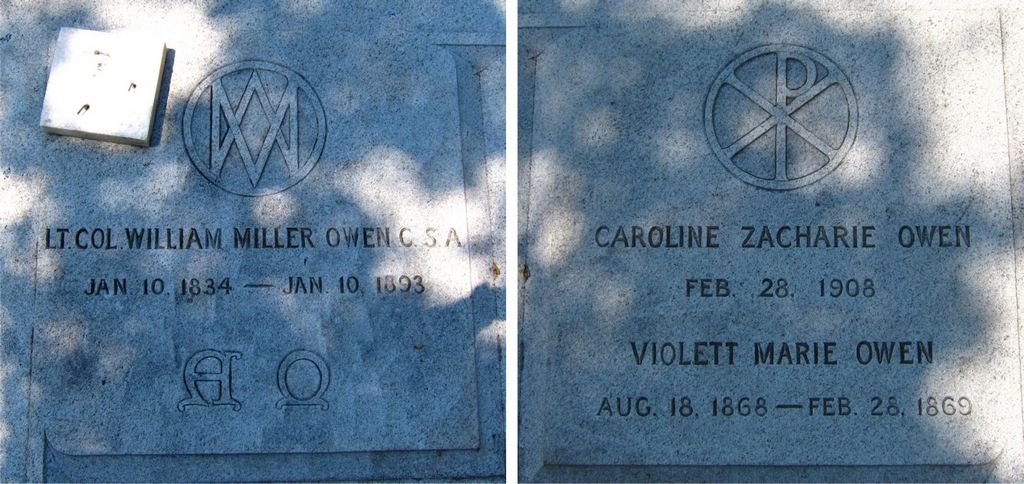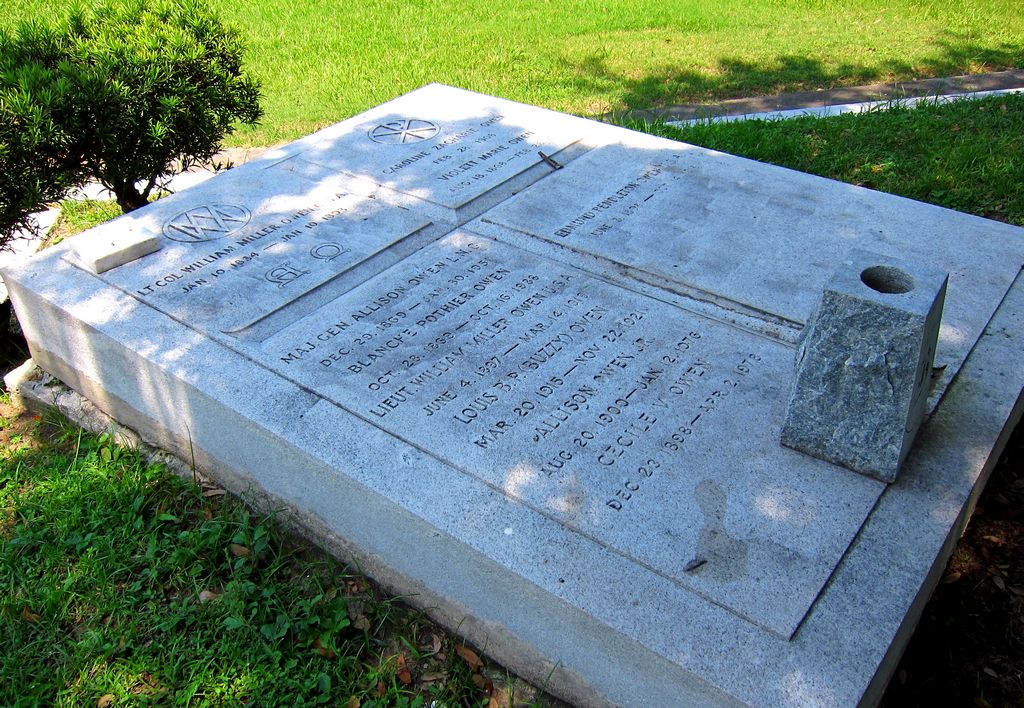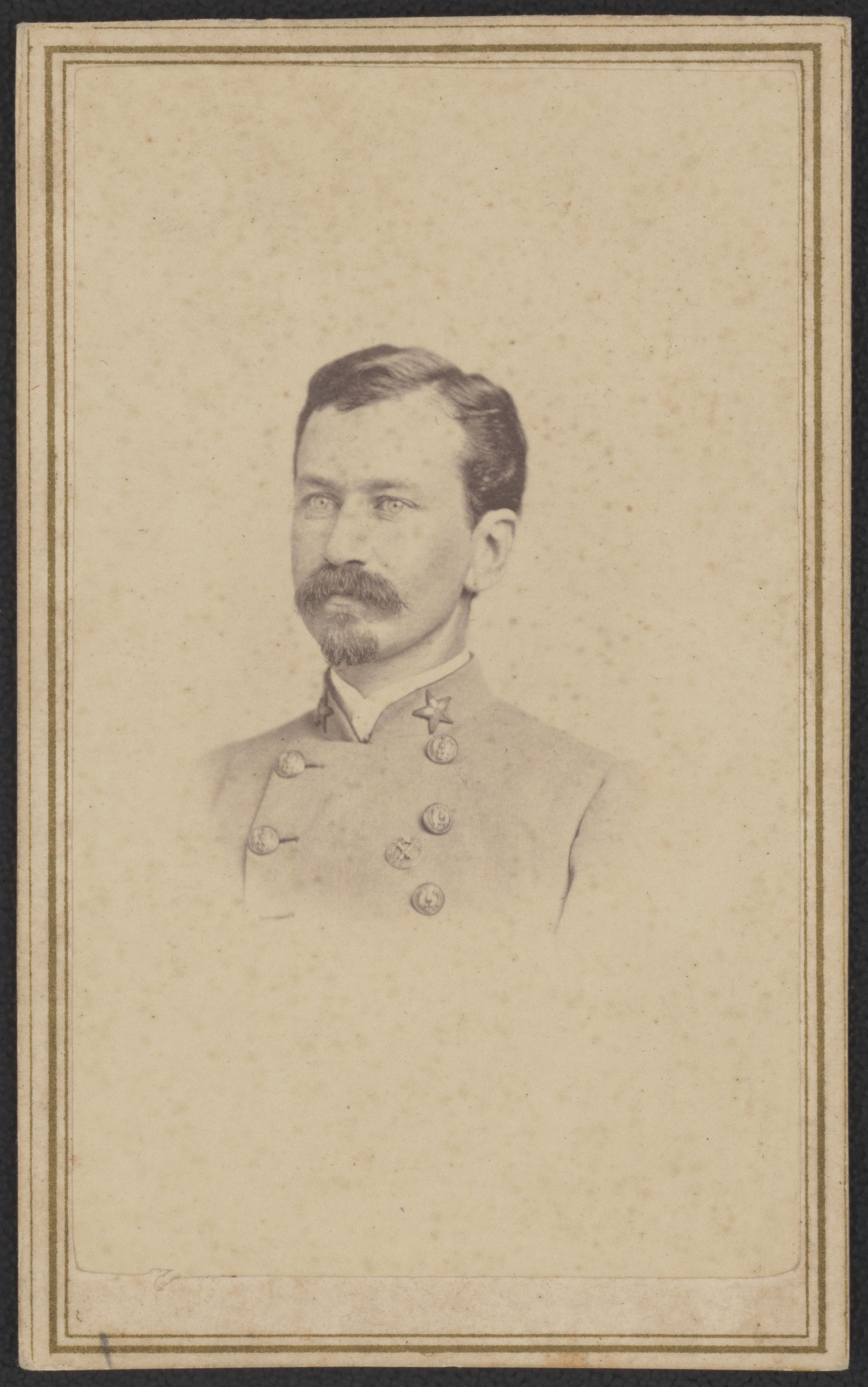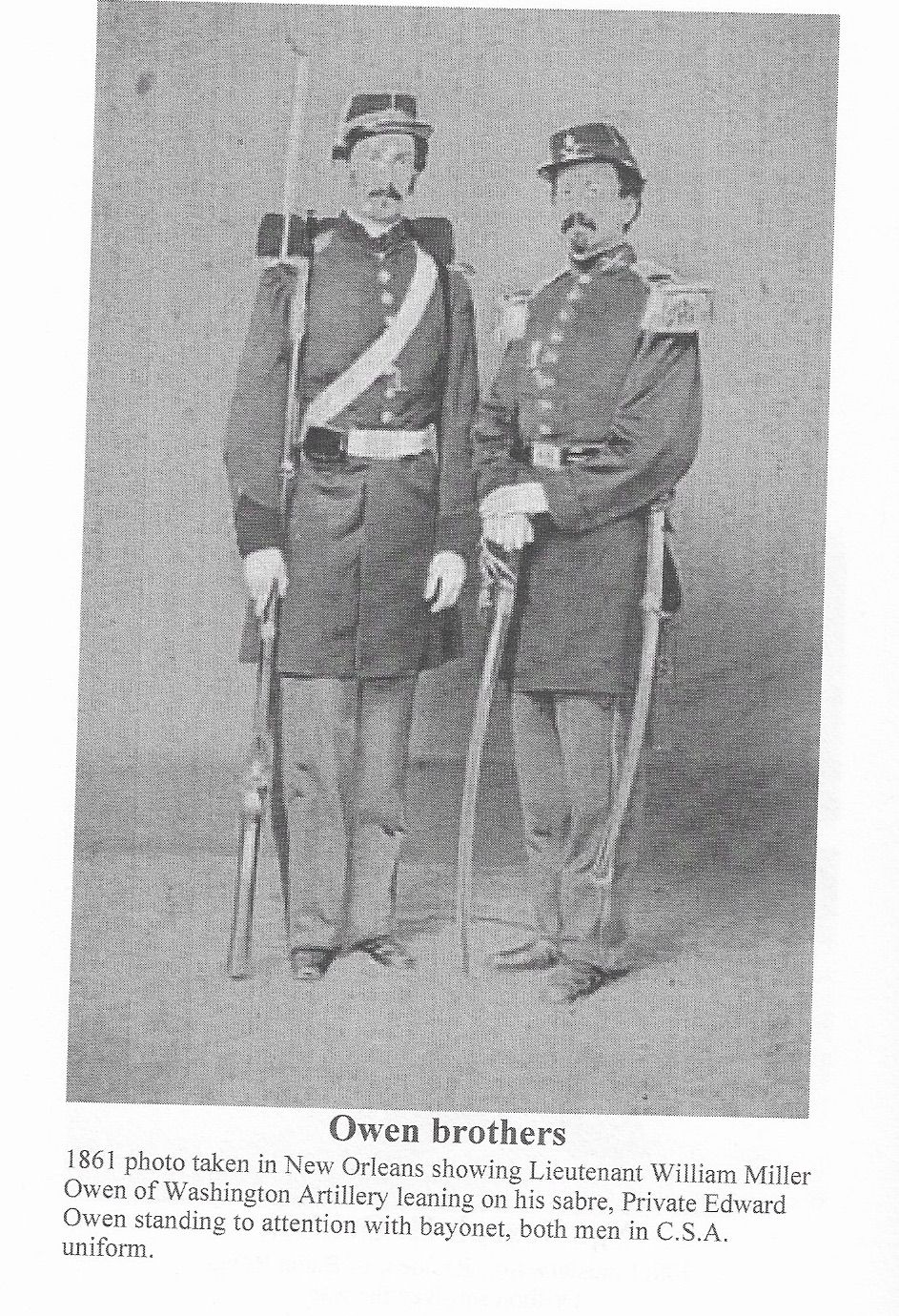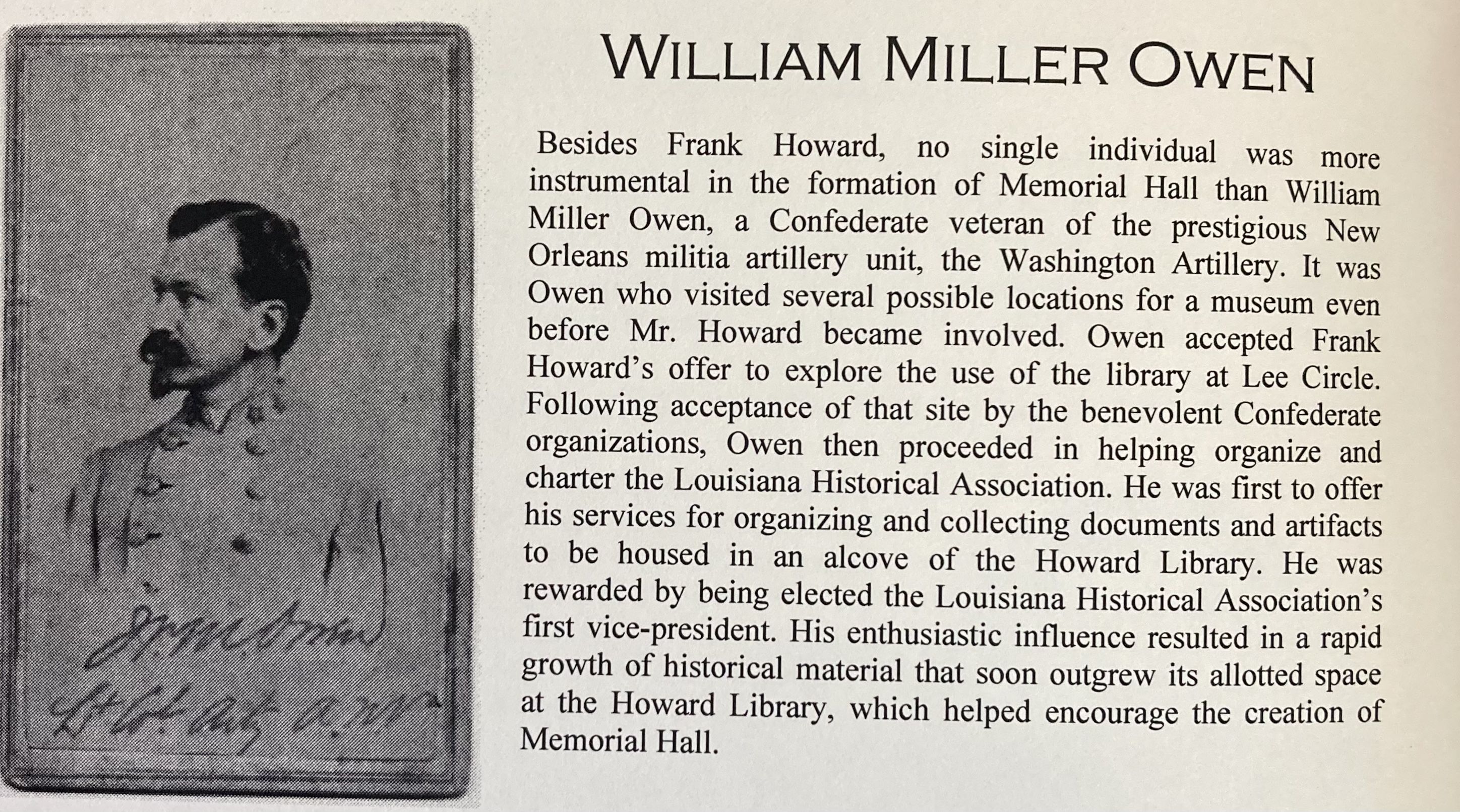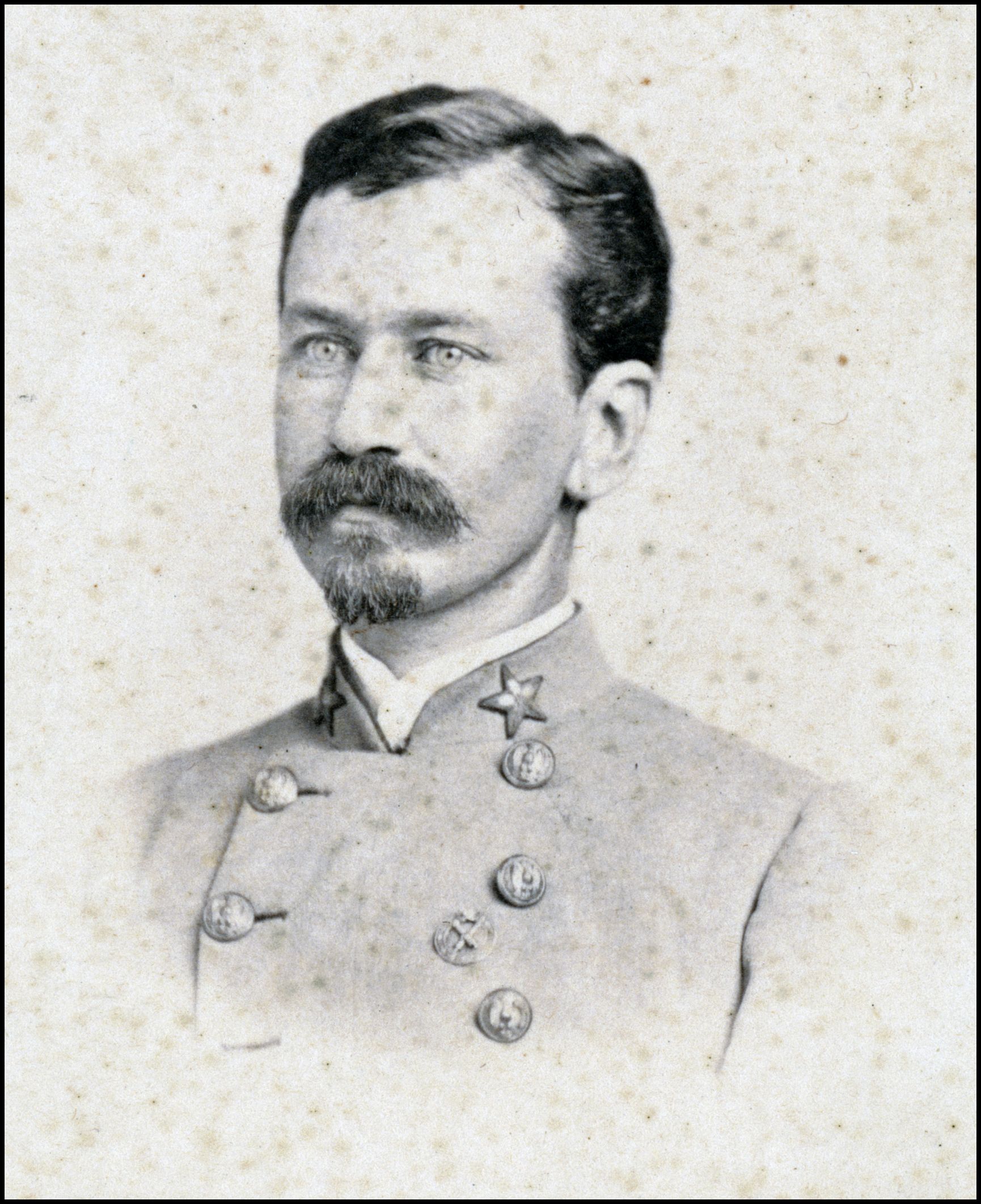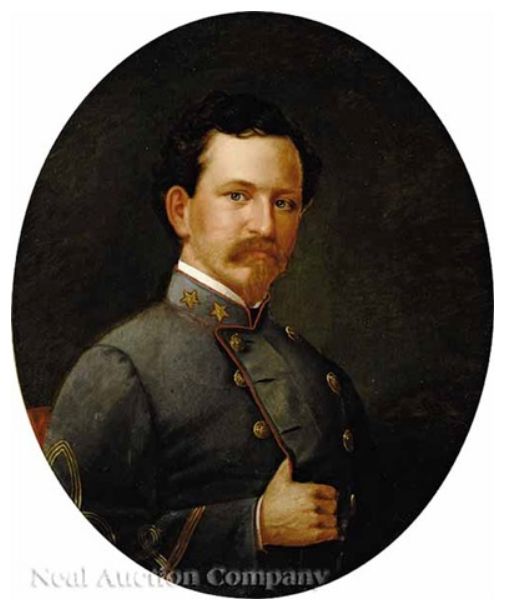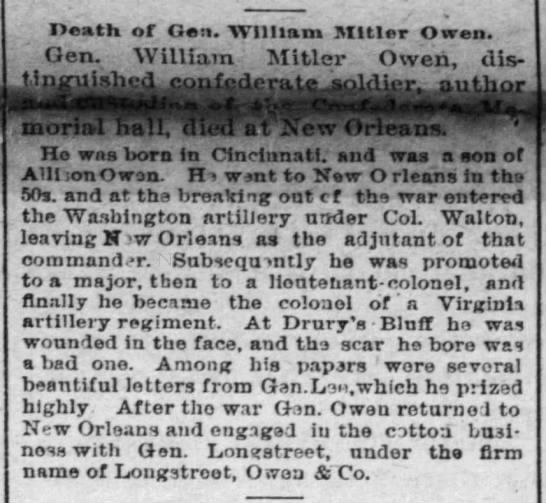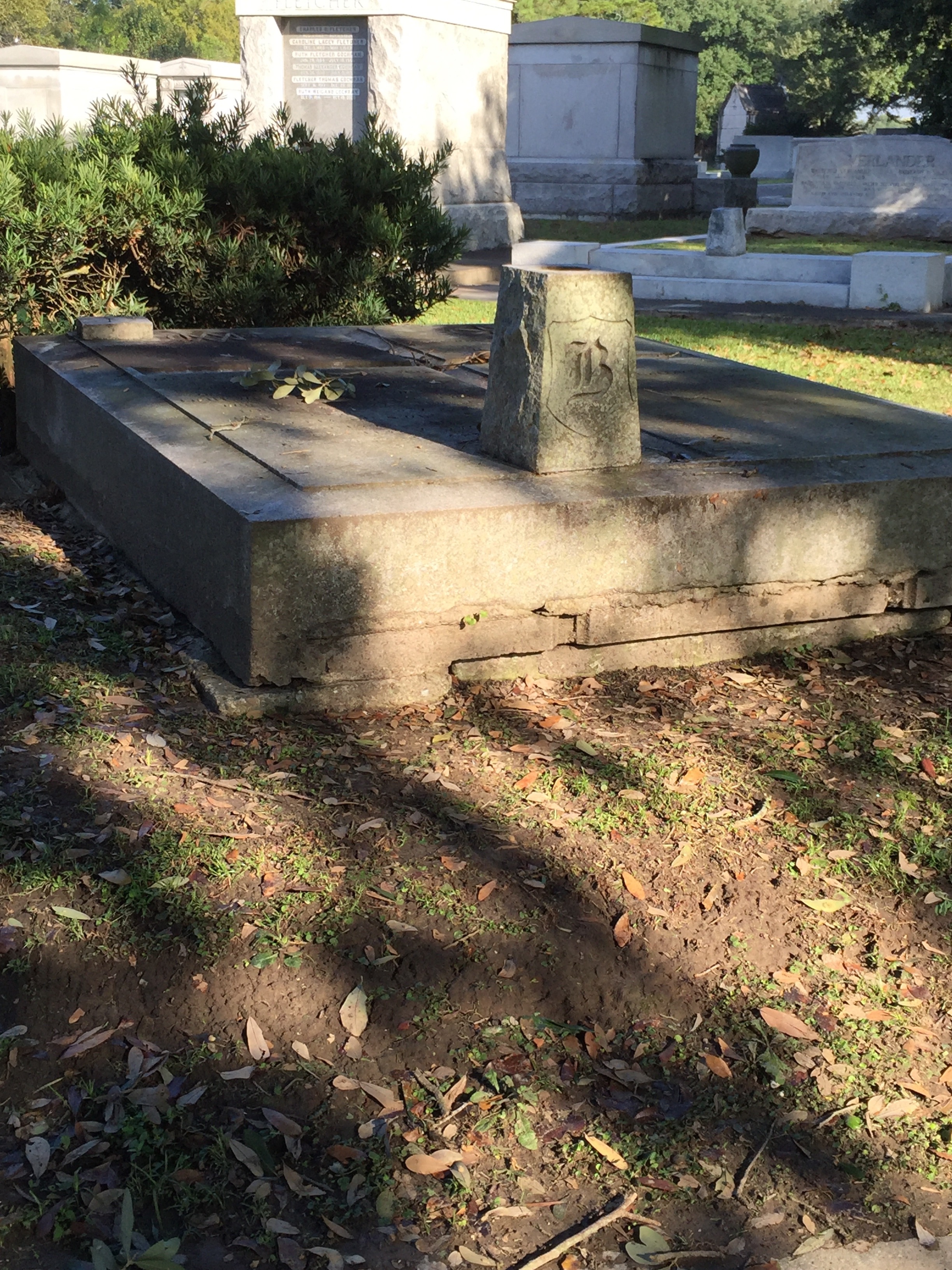Born in Cincinnati, Ohio; son of Allison Owen and Miss Caroline Miller, daughter of Judge William Miller of Rapides Parish, Louisiana & Ursuline Meillion.
Married Miss Caroline A. Zacharie, daughter of James W. Zacharie, one of the most prominent merchants of New Orleans before the war, who, with two sons, survives him.
Educated at Gambier, Ohio Military Academy
Came to New Orleans at the age of 18 and entered the employ of Connelly & Champlin, a cotton factorage firm on Carondelet Street.
Became a member of the Washington Artillery in December 1860. Took part in the Baton Rouge expedition of 1861 as a Private, but was soon chosen by the commander, Colonel J.B. Walton, to serve as adjutant with the rank of First Lieutenant. In May 1861 the battalion left New Orleans for Virginia, where Owen participated in the battle of Manassas, July 21, receiving special mention for gallantry in the report of his commanding officer. He also engaged in the seven days' battle around Richmond, the second Manassas, Sharpsburg, Fredericksburg, Chancellorsville, and Gettysburg. After Gettysburg he was promoted to rank of Major of artillery and sent to Abingdon, Virginia to take command of the artillery at Saltville, and in fact of the whole department of Southwestern Virginia, extending to Cumberland Gap. Upon the evacuation of east Tennessee by the Confederates, he accepted the position of chief of staff to the division of troops commanded by General William Preston, and participated with the division in the battle of Chickamauga.
The following winter was passed with Longstreet in the campaign around Knoxville, and Major Owen was placed in command of the Thirteenth Virginia Battalion of Artillery. When Longstreet was ordered back to join Lee in Virginia, Major Owen was assigned to as second field officer to the Washington Artillery, then stationed at Petersburg, Virginia. At the battle of Drewry's Bluff, Virginia, General Beauregard placed him in command of the reserve artillery and reinforced with his guns, as occasions required, different points of line during the battle.
Entering the entrenchments at Petersburg with the Washington Artillery, he participated in the famous siege, and when the mine was exploded in July 1864, and the commanding officer of the Thirteenth Virginia Artillery, Major Gibbes, was wounded, Major Owen was again detached from the Washington Artillery and, by order of General Lee, assigned to that command. The position occupied was a hot one, just to the right of the crater, where the lines were very close to each other. While standing upon the parapet directing one of his guns, he received his first wound, being struck in the face by a minie ball and rendered unfit for duty for a month. Upon his recovery he again reported for duty in the trenches and remained there until the lines were broken, in April 1865, receiving during the winter his well-earned promotion to Lieutenant Colonel of artillery.
At Appomattox Court House he surrendered his battalion, paroled his officers and men, and returned to New Orleans. He received the special commendation of Generals Lee and Longstreet and of President Jefferson Davis, endorsing a letter written by General Longstreet at Appomattox, to Colonel Owen thanking him for services rendered his corps from the beginning of the war.
After the war, Colonel Owens took an active part in the reorganization of the Washington Artillery, and served as its colonel for four years. He resigned that position to become brigadier and inspector general on the staff of Governor Wiltz, and, after the governor's death, held the same rank on the staff of Governor McEnery until the close of his term in office.
He held the position of deputy to Colonel George Moorman, United States marshal, and served as custodian of Memorial Hall. He was as successful with the pen as with the sword, and his most important work was "In Camp and Battle with the Washington Artillery."
Daily Picayune (New Orleans, LA) January 11, 1893
A folder of 74 images of documents pertaining to the Civil War service of William Miller Owen is freely available online from the National Archives (NARA) at: https://catalog.archives.gov/id/95901599
Born in Cincinnati, Ohio; son of Allison Owen and Miss Caroline Miller, daughter of Judge William Miller of Rapides Parish, Louisiana & Ursuline Meillion.
Married Miss Caroline A. Zacharie, daughter of James W. Zacharie, one of the most prominent merchants of New Orleans before the war, who, with two sons, survives him.
Educated at Gambier, Ohio Military Academy
Came to New Orleans at the age of 18 and entered the employ of Connelly & Champlin, a cotton factorage firm on Carondelet Street.
Became a member of the Washington Artillery in December 1860. Took part in the Baton Rouge expedition of 1861 as a Private, but was soon chosen by the commander, Colonel J.B. Walton, to serve as adjutant with the rank of First Lieutenant. In May 1861 the battalion left New Orleans for Virginia, where Owen participated in the battle of Manassas, July 21, receiving special mention for gallantry in the report of his commanding officer. He also engaged in the seven days' battle around Richmond, the second Manassas, Sharpsburg, Fredericksburg, Chancellorsville, and Gettysburg. After Gettysburg he was promoted to rank of Major of artillery and sent to Abingdon, Virginia to take command of the artillery at Saltville, and in fact of the whole department of Southwestern Virginia, extending to Cumberland Gap. Upon the evacuation of east Tennessee by the Confederates, he accepted the position of chief of staff to the division of troops commanded by General William Preston, and participated with the division in the battle of Chickamauga.
The following winter was passed with Longstreet in the campaign around Knoxville, and Major Owen was placed in command of the Thirteenth Virginia Battalion of Artillery. When Longstreet was ordered back to join Lee in Virginia, Major Owen was assigned to as second field officer to the Washington Artillery, then stationed at Petersburg, Virginia. At the battle of Drewry's Bluff, Virginia, General Beauregard placed him in command of the reserve artillery and reinforced with his guns, as occasions required, different points of line during the battle.
Entering the entrenchments at Petersburg with the Washington Artillery, he participated in the famous siege, and when the mine was exploded in July 1864, and the commanding officer of the Thirteenth Virginia Artillery, Major Gibbes, was wounded, Major Owen was again detached from the Washington Artillery and, by order of General Lee, assigned to that command. The position occupied was a hot one, just to the right of the crater, where the lines were very close to each other. While standing upon the parapet directing one of his guns, he received his first wound, being struck in the face by a minie ball and rendered unfit for duty for a month. Upon his recovery he again reported for duty in the trenches and remained there until the lines were broken, in April 1865, receiving during the winter his well-earned promotion to Lieutenant Colonel of artillery.
At Appomattox Court House he surrendered his battalion, paroled his officers and men, and returned to New Orleans. He received the special commendation of Generals Lee and Longstreet and of President Jefferson Davis, endorsing a letter written by General Longstreet at Appomattox, to Colonel Owen thanking him for services rendered his corps from the beginning of the war.
After the war, Colonel Owens took an active part in the reorganization of the Washington Artillery, and served as its colonel for four years. He resigned that position to become brigadier and inspector general on the staff of Governor Wiltz, and, after the governor's death, held the same rank on the staff of Governor McEnery until the close of his term in office.
He held the position of deputy to Colonel George Moorman, United States marshal, and served as custodian of Memorial Hall. He was as successful with the pen as with the sword, and his most important work was "In Camp and Battle with the Washington Artillery."
Daily Picayune (New Orleans, LA) January 11, 1893
A folder of 74 images of documents pertaining to the Civil War service of William Miller Owen is freely available online from the National Archives (NARA) at: https://catalog.archives.gov/id/95901599
Family Members
Advertisement
Records on Ancestry
Sponsored by Ancestry
Advertisement
